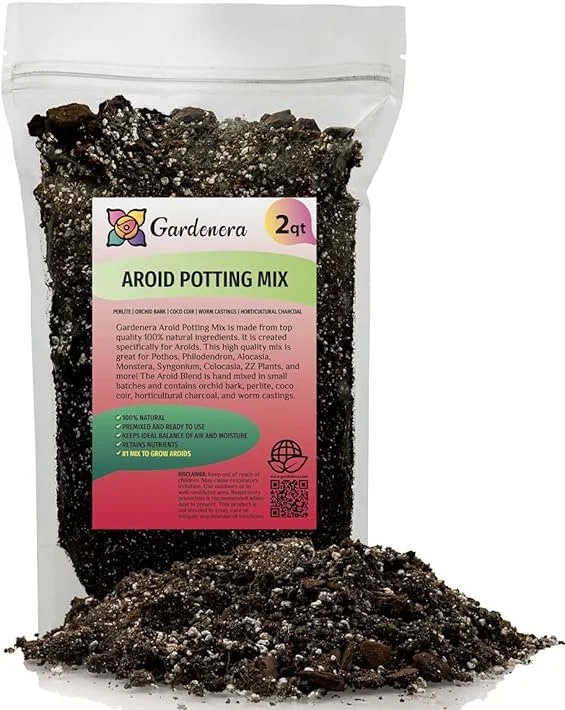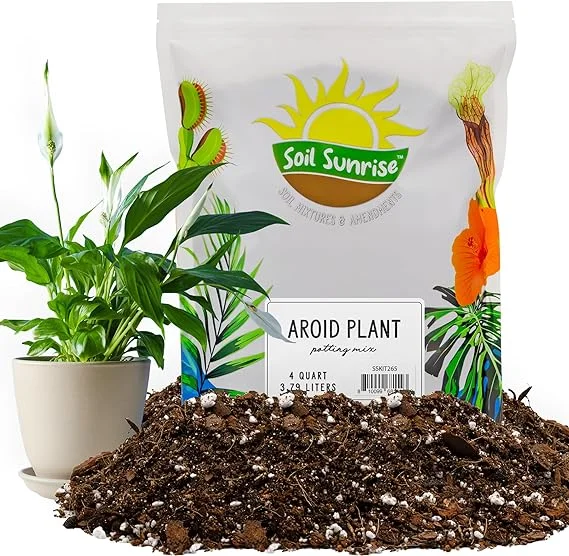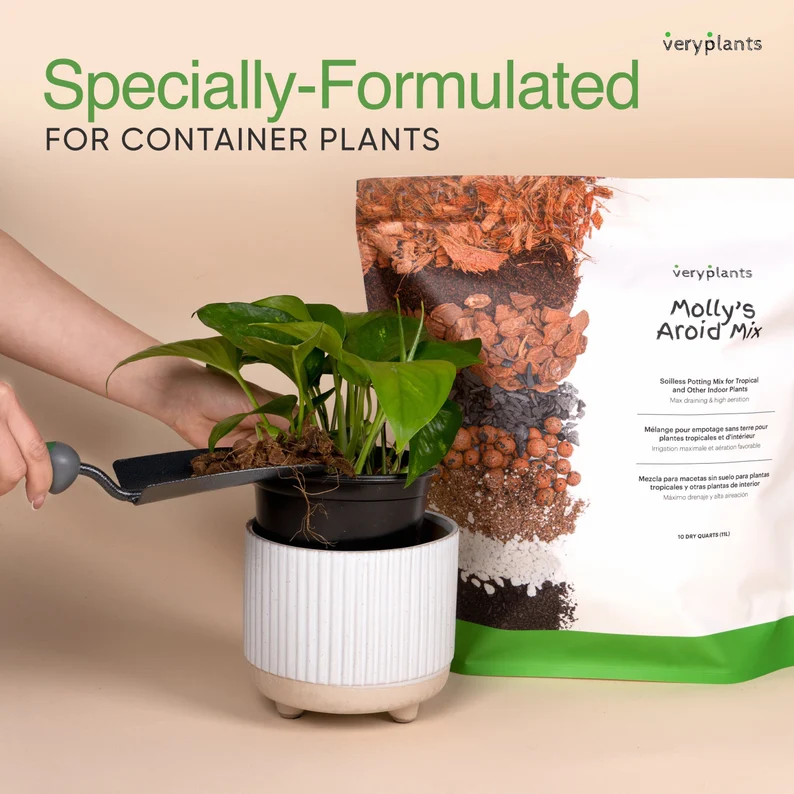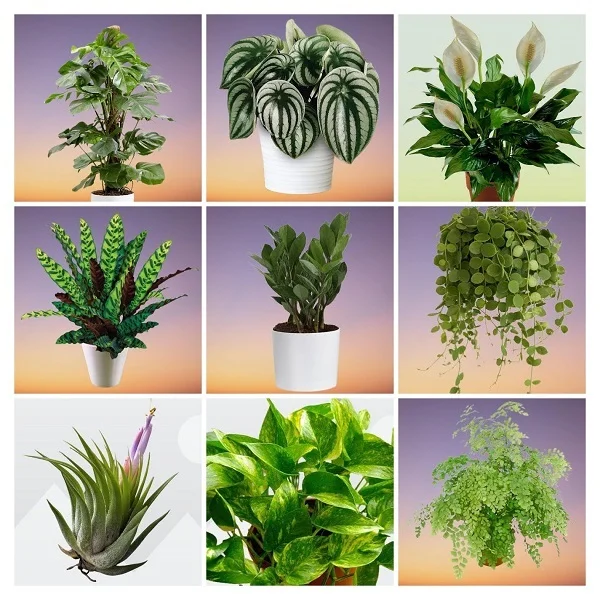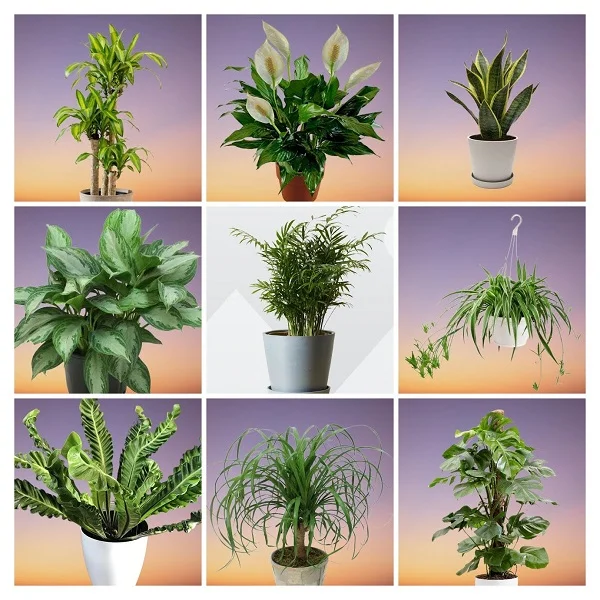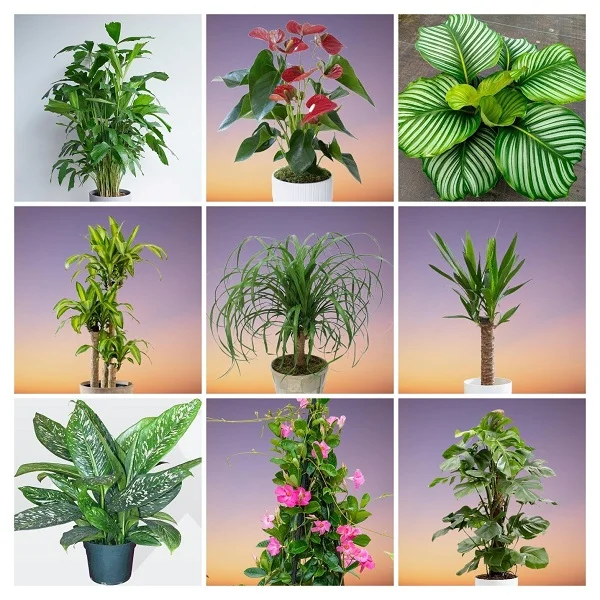Alocasia 'Regal Shield' Care Indoors, Common Problems and their Remedies
Some links in this post may be affiliate links
Alocasia 'Regal Shield' requires bright indirect light, warm and humid conditions and moderately moist, fertile, well-drained soils coupled with monthly feeding during the growing season.
Alocasia 'Regal Shield' commonly called Regal Shield, Regal Shield Elephant Ear or Regal Shield Alocasia is one of the popular Alocasia varieties with heart-shaped, dark-green to almost black leaves with light-green venation on light-green stems.
Regal Shield is a large-leafed plant that is highly adaptable to a wide range of growing conditions making it one of bold statement plants for any space.
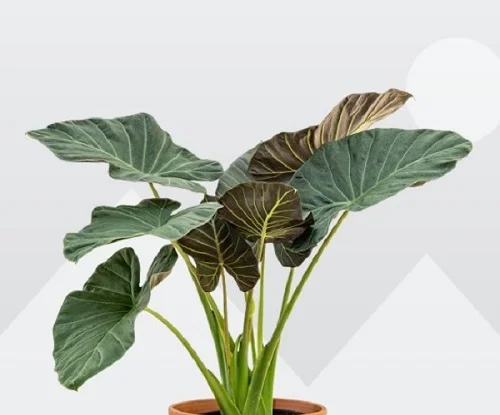
Botanical name: Alocasia odora X Alocasia reginula
Family: Araceae
Common names: Alocasia 'Regal Shield', Regal Shield Elephant Ear, Regal Shield Alocasia, Regal Shield
Origin
Alocasia 'Regal Shield' is a hybrid between Alocasia odora and Alocasia reginula. Alocasia odora is native to Southeastern Asia while Alocasia reginula is native to Sabah State in Malaysia. The hybrid was developed in Florida but is considered native to Africa.
Size
Regal Shield is one of the fast-growing plants which grows to a height of 5 feet in about 2 years. The heart-shaped leaves can grow upto 2 feet long.
Flower
The flowers in Alocasia 'Regal Shield' are pale-colored spathes which only last a few days. They are inconspicous being hidden beneath the foliage. To conserve the plants energy and direct it to foliage growth, cut the flowers as soon as they appear though it is unlikely to flower when grown indoors.
Is Alocasia 'Regal Shield' toxic to pets?
Yes. Alocasia 'Regal Shield' like other Alocasia Plants is toxic to both humans and pets as outlined by ASPCA. It contains crystals of Calcium oxalate which if ingested can numb and swell the tongue and pharynx leading to difficulty in breathing and sharp pain in the throat. Keep it away from the reach of children and pets to avoid any mishaps.
Where to Buy
If you are looking to add Regal Shield to your collection, you may obtain these plants online from Amazon (Link to Amazon) or from Etsy (Link to Etsy).
How do you care for Alocasia Regal indoors?
To care for Alocasia Regal indoors, give it bright indirect light, average warmth of 15-270C, humidity of 60-70% and moderately moist, fertile, well-drained soils coupled with monthly feeding during the growing season.
Regal Shield Alocasia care needs repotting only when it becomes pot-bound. Regular pruning is necessary to keep it neat and tidy as well as minimize pest and disease infestations. Keep reading for more on these growing conditions and how to achieve them.
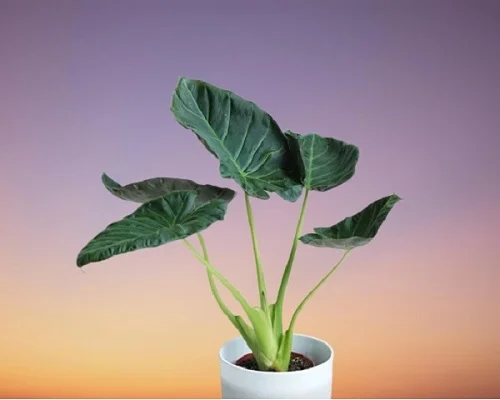
Light Requirements
How much light does Regal Shield need?
Regal Shield thrives in bright indirect light (filtered light). Keep it away from direct sunlight as it can cause the leaves to be faded (bleached) and to die.
Too little light will signal dormancy to the plant which may cause the leaves to start dying in readiness for dormancy. Therefore, where the natural lighting is not adequate, use grow lights to supplement it.
Regularly turn the pot to ensure that the plant gets light on all sides for even growth to prevent lop-sided growth.
Watering
How often should I water Alocasia 'Regal Shield'?
Water Alocasia 'Regal Shield' thoroughly in spring and fall and allow the top 2 inches of soil to dry out between waterings. Maintain the soil moderately moist and avoid overwatering to prevent yellowing and rotting.
Lessen watering in fall and winter to keep the soil barely moist as growth is slowed at this time. Do not allow the soil to dry out completely to avoid wilting and drooping.
Underwatering will signal dormancy to the plant which may cause the leaves to start dying in readiness for dormancy.
Use water that is at room temperature to avoid shocking the plant. Ensure to use chlorine-free water to avoid brown leaf tips. Avoid wetting the foliage to minimize fungal diseases.
Do not allow the plant to sit in soggy soil as it can lead to root-rot and death of the plant. Make sure that the pot has a drainage hole and the soil is well-draining.
Temperature and Humidity
Average warmth of 15-270C is ideal for Alocasia 'Regal Shield'. Below 130C, the plant may drop all its leaves and go into dormancy stage. Keep it away from drafts as it hates sudden changes in temperature which can cause leaf drop and reduced growth.
Regal Shield flourishes in humidity of 60-70%; low humidity may result in brown leaf tips. To increase humidity, set the pot on a wet pebble tray, use a humidifier. Ensure that there is good air circulation for the plant to minimize fungal diseases.
You may also group the plants together or grow the plant in a well-lit bathroom, kitchen, laundry area and other humid areas in the home.
Potting Mix
What is the best potting mix for Alocasia 'Regal Shield'?
The best potting mix for Alocasia 'Regal Shield' is a well-draining, nutrient-rich soil mix to prevent it from getting soggy while providing the required nutrients. A blend of 40% orchid bark (improves aeration), 30% peat moss or coco coir (retains moisture), 20% perlite (enhances drainage), and 10% compost (provides nutrients) is ideal for this plant.
Fertilizer
Feed Alocasia 'Regal Shield' with a balanced, liquid fertilizer every 4 weeks in spring and summer for lush growth. Do not feed it in fall and winter as the plant undergoes dormancy during this period and growth is minimal at this time.
Flush out accumulated salts arising from fertilizers every 2-3 months by running a stream of water through the soil until the water comes out through the drainage holes. Let the stream of water run for a few minutes. Repeat the process several times.
Repotting
Alocasia 'Regal Shield' prefers to be pot-bound, therefore frequent repotting is not needed. Avoid frequent repotting as the plant can take long to recover from repotting shock. Repotting every 2 years should be adequate.
Repot into a 2 sizes larger pot during the growing season only if the roots have grown out through the drainage holes. Ensure that the pot has a drainage hole to prevent root-rot. Here are beautiful planters with drainage hole on Amazon.
Pruning & Maintenance
Pruning Alocasia 'Regal Shield' is easy as it only requires removal of yellow and diseased leaves as they occur to maintain the plant neat and to discourage diseases and pests infestation.
Remove the leaves by cutting at the base with a sterilized knife or pair of scissors to avoid disease transimission. Take care not to injure the new leaves that are forming.
Occasionally clean the leaves by damp wiping them with a soft cloth to get rid of dust and discourage pests infestation.
Alocasia Regal Shield Propagation
Alocasia 'Regal Shield' is propagated by plant division at the beginning of the growing season (spring) when the plant is actively growing.
Learn how to propagate Alocasia Regal Shield by rhizome division.

Alocasia Regal Shield Problems & Solutions
Alocasia Regal Shield problems are yellow leaves, drooping leaves, dropping leaves, brown leaves dying plant,, fading and dying leaves, pests and diseases. Keep reading for more on these problems and how to solve them.
Yellow leaves
Why are the leaves on my Alocasia 'Regal Shield' turning yellow?
The main causes of yellow leaves on your Alocasia 'Regal Shield' are dry air, overwatering, soggy soil and aging.
How to fix it
Remove such leaves by snipping them off at the base with a clean sharp knife or a pair of scissors.
Dry air: Set the pot on a wet pebble tray or use a humidifier to increase humidity or grow the plant in a well-lit bathroom.
Overwatering: Water only when the top 2-3 inches of soil dry out.
Soggy soil: Use well-draining soil and a pot that has a drainage hole.
Aging: It is natural for the old leaves to turn yellow and drop as the plant matures.
Drooping leaves
Why is my Alocasia 'Regal Shield' drooping?
Drooping leaves on your Alocasia 'Regal Shield' is caused by too little light, underwatering, temperature stress, dry air, and spider mites infestation.
How to fix it
Too little light: Position the plant in a brighter spot where it will receive bright indirect light or instal a grow light if the natural light is inadequate.
Underwatering: Keep the soil moderately moist in spring and summer and barely moist in fall and winter but never allow the soil to dry out completely.
Temperature stress: Keep the plant away from drafts coming from AC units, heat sources and others to maintain temperatures of 15-270C.
Dry air: Set the pot on a wet pebble tray or use a humidifier to raise humidity. Group the plants together to create a humid microclimate.
Spider mites infestation: Keep the plant well pruned. Increase humidity to discourage the pests.
Dropping leaves
Why are the leaves dropping on my Alocasia 'Regal Shield'?
Dropping leaves on your Alocasia 'Regal Shield' is due to inconsistent watering, drafts and soggy soil.
How to fix it
Inconsistent watering: Do not water on a schedule. Water when the top 2-3 inches of soil dry out.
Drafts: Keep the plant away from drafts coming from AC units, drafty windows, heat sources, windy doors among others.
Soggy soil: Use a pot with a drainage hole and free-draining soil.
Brown leaves
Why are my Alocasia 'Regal Shield' leaves turning brown?
Some of the causes of brown leaves on your Alocasia 'Regal Shield' are underwatering, low humidity and salts buildup.
How to fix it
Underwatering: Water when the top 2-3 inches of soil feel dry but not allow the soilball to dry out completely.
Low humidity: To increase humidity, use a wet pebble tray or a humidifier. You may also grow the plant in a well-lit bathroom and other moist areas in the home.
Salts buildup: Flush out accumulated salts from the soil regularly by running a stream of water through the soil until the water comes out through the drainage holes.
Dying plant
Alocasia 'Regal Shield' is dying due to too little light, low temperatures, and underwatering. These three conditions signal dormancy causing the leaves to die in readiness to enter dormancy.
This is a natural process which happens in winter when the plant undergoes dormancy. Even if the foliage may die, the underground rhizome is still alive and can regrow under favorable conditions.
How to fix it
Too little light: Move the plant to a brighter spot or use a grow light if the natural light is not enough.
Cold temperatures: Keep it away from cold drafts and maintain a warmth of 15-270C.
Underwatering: Water when the top 2-3 inches of soil dry but do not allow the soil to dry out completely.
Fading, dying leaves
Fading, dying leaves on Alocasia 'Regal Shield' is caused by too little light and direct sunlight.
Too little light: Place the plant in a brighter spot and ensure it receives bright indirect light or instal a grow light if the natural light is not adequate.
Direct sunlight: Keep the plant away from direct sunlight or filter the light with a sheer curtain.
Pests
Common pests on Alocasia 'Regal Shield' are aphids, spider mites, mealybugs and scales.
How to fix it
- Check underneath the leaves regularly for these pests and take timely control measures.
- Isolate the affected plant to prevent further spread to other plants and treat it with insecticidal soap as per the manufacturer's instructions.
- Regularly damp-wipe the leaves with a soft cloth to discourage the pests.
- Keep the plant well pruned to minimize the hiding and breeding places for these pests.
Diseases
Alocasia 'Regal Shield' is prone to leaf spot disease which is enhanced by soggy soil and overwet conditions. It presents as dark-brown or black leaf spots.
How to fix it
- Remove and burn the affected parts to reduce the risk of spread to the rest of the plants.
- Spray the affected plant with a systemic fungicide and ensure to cover all the parts with the fungicidal solution.
- Keep the plant on the dry side, do not mist it and ensure good air flow.
- Use a pot with a drainage hole and well-drained soil.
Conclusion
Alocasia 'Regal Shield' is a majestic indoor plant that thrives with bright indirect light, high humidity, and consistent watering. Using a well-draining soil mix, fertilizing regularly, and managing pests will ensure healthy, vibrant growth. With proper care, Alocasia 'Regal Shield' will be a showstopper in your indoor garden.
You liked it? Share on social media.
Related Content
Amazon Associates Disclosure
Homeplantsguide.com is a participant in the Amazon Services LLC Associates Program, an affiliate advertising program designed to provide a means for sites to earn advertising fees by advertising and linking to amazon.com.
